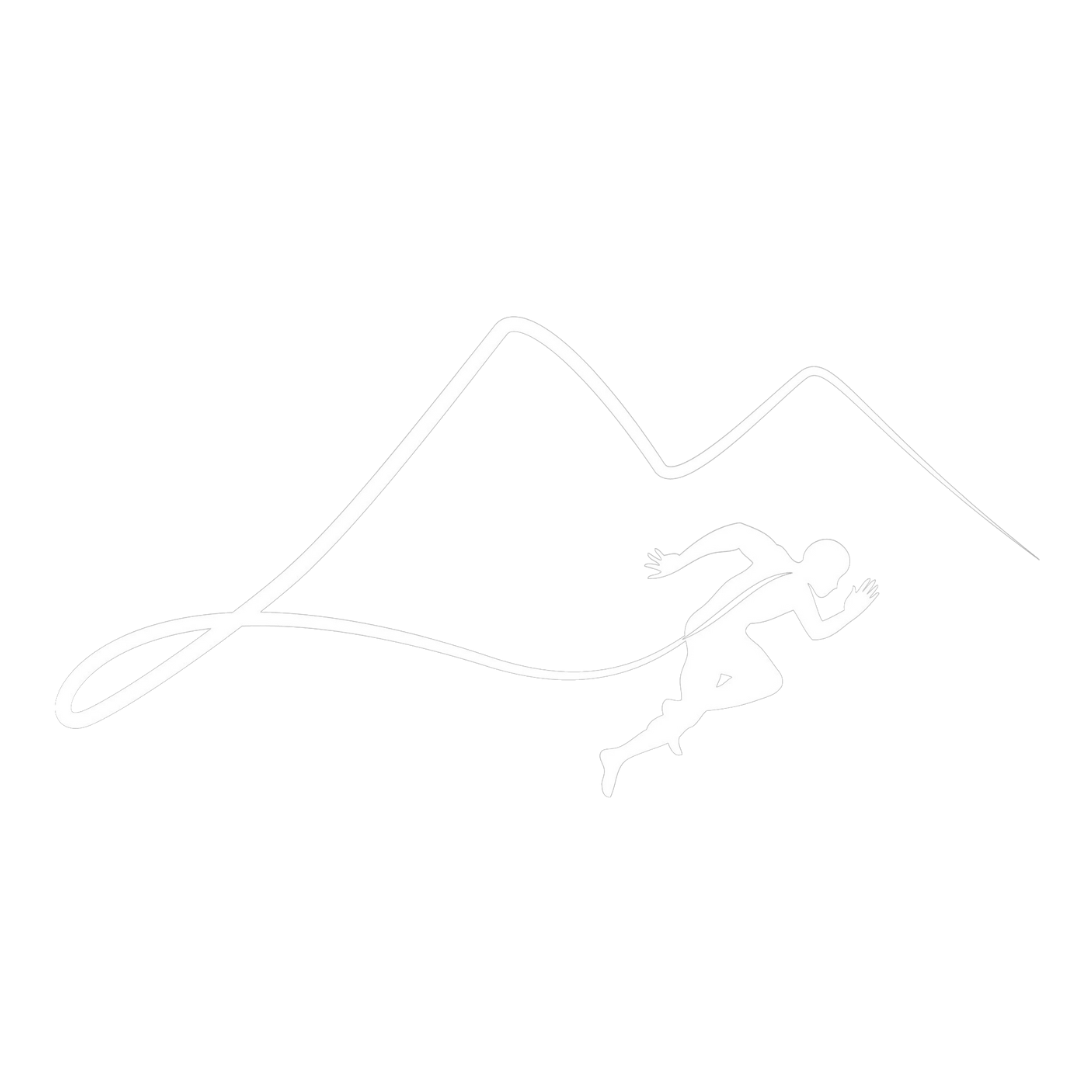Services We Offer
We offer a variety of services to facilitate the transition from pain to performance. We develop customized short-term treatment plans that are tailored to your individual needs. From athletes looking to improve performance to individuals dealing with chronic pain, discover how we can help!
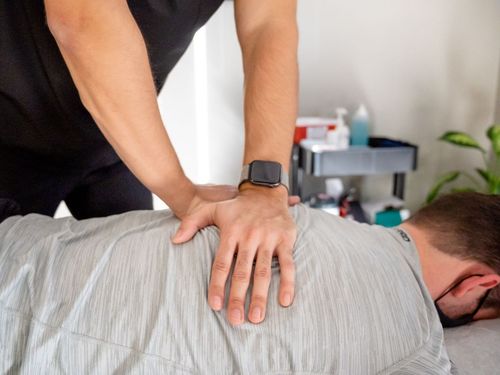
Joint Manipulation & Mobilization
We utilize movement assessment to identify movement limitations and mechanical disorders. Once an evaluation has been performed, we use specific joint manipulations (chiropractic adjustments) or mobilizations to improve range of motion, flexibility, and restore proper function. Traditional chiropractic care focuses on correcting restricted movement in the spine through manipulations of the vertebral joints. More recently, chiropractors are not only addressing problems of the spine, but also joints of the extremities (i.e. hips, knees, feet and shoulders, etc.), which also influence our movement patterns.
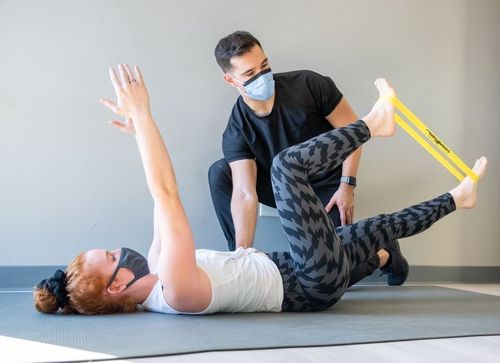
Functional Rehabilitation
Our mission is to help patients stay healthy, pain-free, and perform at their highest level. Dr. Andrew focuses on both injury prevention and rehabilitation designed specifically for your health and performance goals. Improving strength is an important way to provide joint stability and prevent injuries from reoccurring.
Strengthening exercises are especially important after surgeries that require non-weight bearing of the legs or resting of the upper body. Using preventative strategies in your everyday life is an important way to address potential dysfunction before the onset of pain. Injury Prevention includes everything from proper seat positioning at work to active mobility before performing strenuous activities.
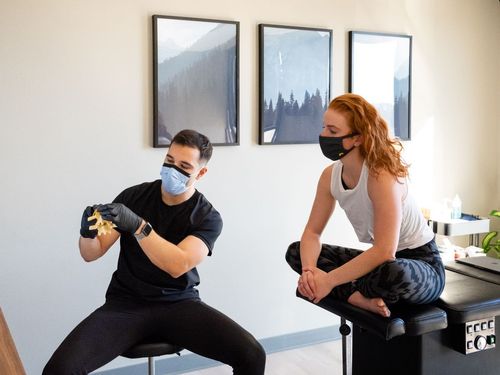
Mechanical Diagnosis & Therapy (McKenzie Method)
Most musculoskeletal pain is mechanical in origin, meaning it is related to every day movements, positions, or activities that place stress on tissues. Mechanical Diagnosis & Therapy (MDT) is a reliable assessment system that classifies mechanical pain to determine appropriate treatment.
We utilize Mechanical Diagnosis & Therapy to assess, diagnose, and treat conditions such as back pain, neck pain, and extremity pain (shoulder, elbow, wrist, knee, and ankle). MDT is commonly used to assess and treat disc injuries with radiating symptoms (pain traveling down arm or leg).
This approach places strong emphasis on patient education and self-treatment. Upon gaining a thorough understanding of how a condition behaves, patients are taught how to treat themselves and prevent recurrence. Click here to learn more.
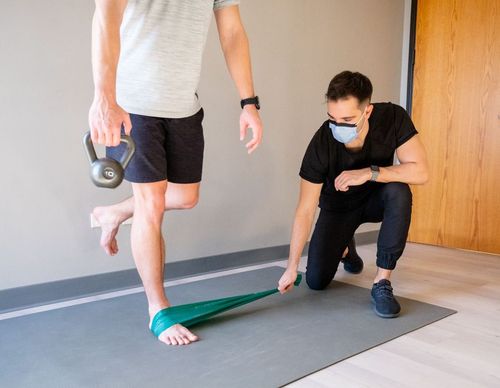
Performance Care
We provide customized treatment to patients interested in improving movement efficiency for sports performance. Whether your goals are related to a specific sport, or simply progression in the gym, we can work together to identify areas of improvement.
We perform a mechanical assessment to identify limitations or compensations that may contribute to movement dysfunction. Once we perform a joint by joint evaluation and gain an understanding of your capacity, we will structure a specific home exercise program consistent with your performance goals. We strive to create a plan that is simple, replicable and addresses your specific needs.
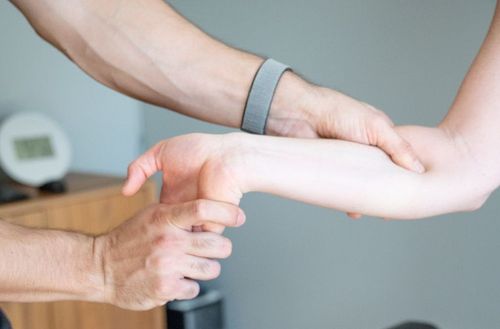
Myofascial Release
We utilize different forms of manual therapy to facilitate tissue healing and reduce pain. By addressing soft tissue disorders we are able to accelerate recovery and make functional exercise much more tolerable.
Myofascial release is a form of manual therapy that involves applying gentle pressure to a muscle in an effort to reduce tension, improve circulation, and increase tissue flexibility. It is an effective intervention that addresses movement dysfunction related to overuse, muscle spasm, and scar tissue.
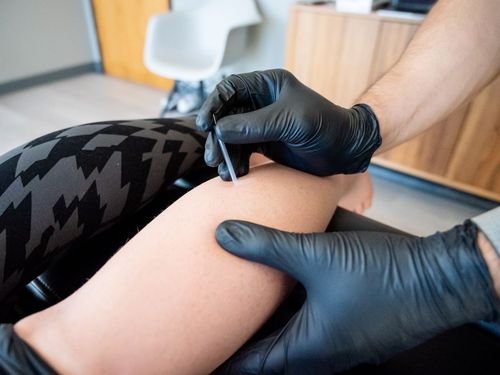
Orthopedic Dry Needling
Dry needling is a form of therapy that involves the insertion of monofilament needles into soft tissues (muscles, ligaments, tendons). The needles create small lesions within tissues that activate a tissue healing response and accelerates recovery.
Dry needling can be used to manage pain related to trigger points, or hyperirritable areas within tight muscles. Upon needling a myofascial trigger point, a twitch response is commonly elicited resulting in decreased tension and improved tissue flexibility. This response may decrease muscular and joint pain related to movement dysfunction.
Dry needling may also address symptoms related to tendinopathy or ligamentous injuries. By stimulating injured areas, dry needling can disrupt the degenerative process and encourage proliferation of repair cells.
Contact us today at 303.758.1100 for an individualized plan of care.
